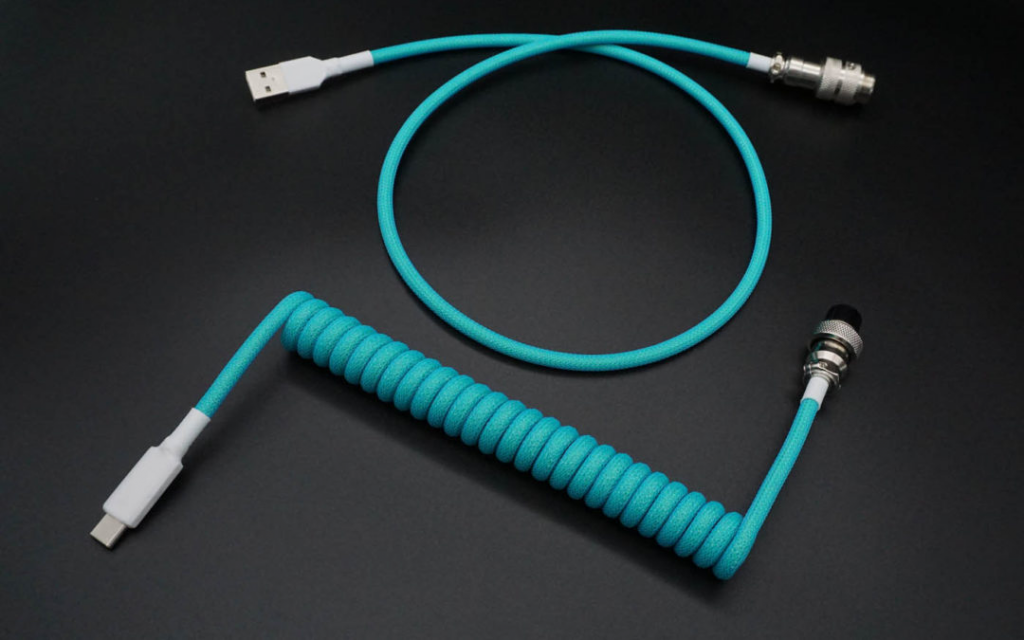
In today’s technologically-driven world, cables are an integral part of both home and industrial settings. They connect devices, supply power, and facilitate communication. Yet, with such versatility comes complexity, often leaving many feeling tangled in a web of wires. This blog post aims to demystify cables, providing essential tips for their use and management in homes and industries alike. Whether you’re a tech enthusiast, a DIY home renovator, or an industry professional, understanding cables can enhance efficiency and safety.
Understanding Cable Types
Before you can effectively use cables, it’s crucial to understand the different types available. In residential settings, common cables include HDMI, Ethernet, and power cables. Each serves a distinct purpose, from transmitting video signals to providing internet connectivity. In industrial environments, the variety expands further to encompass heavy-duty power cables and specialized communication cables, each designed for specific functions.
Understanding the specific applications and limitations of each type can aid in selecting the right cable for your needs. For instance, Ethernet cables come in various categories, each supporting different speeds and bandwidths. Knowing these distinctions ensures you choose a cable that meets your network requirements. Similarly, in industrial settings, selecting cables that withstand environmental conditions, such as heat or moisture, is critical to maintaining operations.
Choosing the Right Cable Materials
The material composition of a cable affects its performance and durability. In homes, most cables are made from copper due to its excellent conductivity and flexibility. Copper cables are ideal for transmitting data and electrical signals efficiently. In contrast, industrial cables often incorporate materials like aluminum or fiber optics, each offering unique benefits for specific applications.
Aluminum cables, for example, are lightweight and cost-effective, making them suitable for overhead power lines. Fiber optics, on the other hand, provide high-speed data transmission over long distances, crucial for industries requiring reliable communication networks. Understanding these material differences can help you make informed decisions, ensuring optimal performance and longevity.
Cable Management for Homes
Taming the cable clutter in your home doesn’t just enhance aesthetics but also improves safety and functionality. Simple strategies like using cable organizers or conduits can keep cords tidy and prevent tripping hazards. Labeling cables is another effective tactic, making it easier to identify and troubleshoot connections when needed.
Investing in wireless solutions wherever possible can also reduce the reliance on physical cables. Devices like wireless chargers, Bluetooth speakers, and Wi-Fi-enabled appliances minimize clutter, offering a sleek and modern home environment. By adopting these management practices, you not only streamline your space but also safeguard your devices from potential damage.
Industrial Cable Management Solutions
In industrial settings, effective cable management is paramount to maintaining productivity and safety. Cable trays and conduits are commonly used to organize and protect wires, preventing physical damage and reducing fire risks. Implementing a routine inspection schedule ensures that cables remain in optimal condition, minimizing downtime due to unexpected failures.
Employers should also invest in training programs to educate workers about the importance of cable management. Understanding how to handle and maintain cables properly can prevent accidents and prolong the lifespan of equipment. By prioritizing cable management, industries can uphold safety standards and optimize operations.
Safety Considerations for Home Cables
Safety is a top priority when dealing with cables at home. Ensuring that cables are in good condition, free from frays or cuts, prevents electrical hazards. Avoiding overloading outlets by using power strips or surge protectors can further reduce the risk of fires and equipment damage.
Positioning cables away from high-traffic areas can prevent tripping accidents. For outdoor use, selecting weather-resistant cables ensures longevity and safety against environmental factors. By adhering to these safety practices, you create a secure and efficient home environment.
Industrial Cable Safety Measures
In industrial environments, cable safety is critical to preventing accidents and ensuring smooth operations. Regular inspections and maintenance checks are essential to identify wear and tear early. Employing cable guards and protective sleeves can shield cables from harsh conditions and physical damage.
Implementing lockout/tagout procedures during maintenance ensures that cables are de-energized, protecting workers from electrical hazards. Training employees on proper cable handling and emergency protocols is vital to fostering a safety-conscious workplace. By integrating these measures, industries can mitigate risks and maintain operational efficiency.
The Role of Technology in Cable Management
Advancements in technology have revolutionized cable management, offering innovative solutions for both homes and industries. Smart cable organizers and Bluetooth-enabled tracking systems help monitor cable status and prevent misplacement. In industrial settings, automated systems can manage cable tension and detect faults, enhancing reliability and efficiency.
Additionally, the integration of Internet of Things (IoT) devices allows for real-time monitoring and control of cable networks. This connectivity facilitates predictive maintenance, minimizing downtime and reducing costs. By leveraging technology, both homeowners and industries can optimize cable management and improve overall performance.
Optimizing Cable Performance
To maximize cable performance, it’s essential to consider factors like length, gauge, and insulation. In homes, using thicker gauge wires can reduce resistance and improve power delivery. Ensuring cables are the appropriate length prevents signal loss and maintains efficiency.
For industries, selecting cables with high-quality insulation protects against environmental factors and electrical interference. Adopting these best practices enhances the reliability and performance of cable networks, ensuring seamless operations.
Sustainable Cable Practices
Sustainability is an important consideration in cable usage. Opting for cables made from recyclable materials reduces environmental impact. Implementing energy-efficient practices, such as unplugging devices when not in use, conserves resources and lowers energy costs.
Industries can further promote sustainability by recycling old cables and investing in renewable energy solutions. By prioritizing eco-friendly practices, both homes and industries contribute to a more sustainable future.
Future Trends in Cable Technology
The future of cable technology promises exciting advancements, driven by the demand for faster and more reliable connectivity. Innovations like ultra-thin cables and flexible circuits are set to revolutionize how we use and manage cables. These developments offer greater flexibility and efficiency, catering to the evolving needs of modern consumers.
In industries, the adoption of smart cables equipped with sensors and IoT capabilities is expected to enhance automation and predictive maintenance. Staying informed about these trends enables both homeowners and businesses to adapt and benefit from cutting-edge technology.
Conclusion
Whether in homes or industries, cables are indispensable components of our daily lives. By understanding their types, materials, and management practices, you can harness their full potential, improving efficiency and safety. Implementing sustainable and technologically advanced practices ensures that you stay ahead in an ever-evolving world.
